11 of the best fitness upgrades you should try
Want to go faster? Jamie Ewbank explains how to spend your time and money more effectively, that is, to reap bigger performance gains

It’s easy to fall into the trap of thinking the best way to gain speed is to throw money at your bike: far easier to upgrade to swanky new wheels for an instant performance boost than to build fitness by slogging through long rides and fierce interval sessions. Think again.
>>> Tips from the pros: How to look like a pro rider
The fact is, improving your fitness is the single most effective way to improve your performance — and it need not take ages nor involve endless pain.
There are many ‘quick hits’ that can be used to upgrade your fitness, ranging from free and simple session swaps, to smarter analysis, to discerning purchases of more effective training equipment.
Some of these tweaks provide a short-term boost just by shaking your training out of a rut, whereas others help you step up your game and then maintain it.
We spoke to a selection of coaches, riders, sports scientists and data analysts to bring you 11 changes, big and small, to upgrade your fitness.
Upgrade your turbo to a smart-trainer
There was a time when no one liked indoor training. The turbo was noisy, boring and reserved solely for the wettest winter days.
Now, thanks to the likes of Zwift, riding the trainer has been game-ified and turned into a year-round competitive experience, with live feedback simulating real terrain.
The wide range of data from smart-trainers is getting better all the time, which in turn makes these devices more useful as training aids and more enjoyable to use.
Watch now: Turbo Trainer buyer's guide
As an example, Technogym's MyCycling trainer is a smart turbo with optical scanners to help you smooth out your pedalling stroke, as well as a neuromuscular training programme that promises to convert trainer fitness into real-world performance improvements.
Rob Kitching of Cycling Power Lab believes the studious analysis and application of data is the missing puzzle piece for indoor trainers:
“Many people perform differently on a trainer from how they perform on the road. The muscle recruitment patterns and the way resistance is generated are subtly different.
"Just because someone can do x watts for 20 minutes on a trainer doesn’t mean they can do it on the road. I’ve seen many examples where a rider needed to work on transferring fitness from one environment to the other.”
Best for: Riders seeking motivation for indoor sessions or year-round fitness.
Cost: £270-£1,800
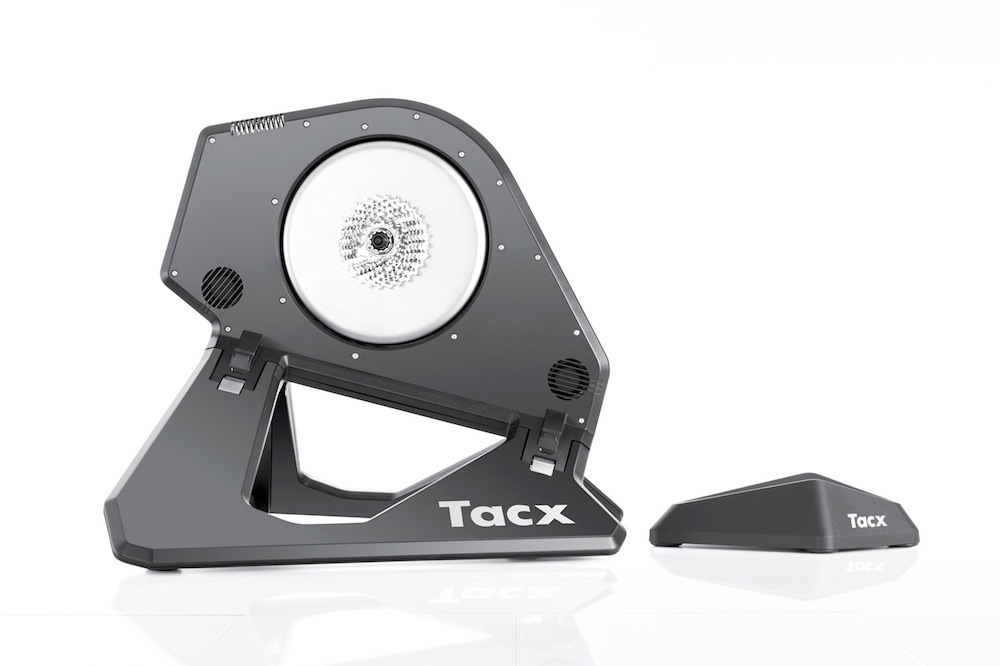
Replace your fasted ride to work with a fasted long, slow ride (LSR).
According to Tim Kennaugh, coach at the Drops Cycling Team, the ride-to-work-before-breakfast routine that so many cyclists adopt as a sop to low-carb training can be a gamble.
It is preferable, he advises, to develop a proper low-carb routine.
“Firstly, it doesn’t have to be a completely fasted session; you can get the same adaptations by doing low-carb rides — you could still have an omelette for breakfast.
“I try to look at diet and training together. As you periodise your training, you should also periodise your diet and calorie intake alongside it.
"And you should build up to spending time riding low-carb: start out eating a banana after 30 minutes, then advance to spending 90 minutes to two hours riding low-carb.”
Best for: Riders looking to lose weight or develop a bigger fuel tank by burning fat more efficiently.
Cost: Free
Replace non-specific interval training with simulated race intensity
Sometimes you need to scrap the routine of 40/20s, Tabatas or Flying 40s and train yourself by replicating the efforts you’ll actually make in your upcoming target event.
According to Tim Kennaugh, the ability to replicate real-world demands on a turbo trainer with Zwift or MyCycling can be invaluable for both fitness and motivation.
“If I coach a rider who enjoys riding Zwift and who has been doing a lot of specific sessions on the turbo, it’s good to plan some more enjoyable sessions.
"Also, as you get closer to your target races, it’s good to replicate the actual demands of racing, and Zwift can be a good way to do that without just staring at numbers on your power meter.”
Best for: Riders and racers facing a specific challenge.
Cost: Free
Swap your generic core-strength routine for a targeted resistance training session
“Resistance work increases the strength of all the soft tissues: muscle, tendon, ligaments and also bones, which is particularly important for cyclists,” says Paul Hough, lead physiologist at St Mary’s University, London.
“Improving strength can improve maximal power, which is very important for cyclists.
>>> Strength training for cyclists: Is it worth it?
"Upper body strength work is also important for cyclists to maintain good posture and prevent back issues during long rides.
"There is also evidence that resistance training can improve cycling economy, so you end up using less oxygen at a given power output.”
If in doubt, seek the help of a physio or strength-and-conditioning coach to help you put together an appropriate workout to be conducted once or twice a week.
Best for: Anyone with a muscular weakness — that’s most of us.
Cost: Free
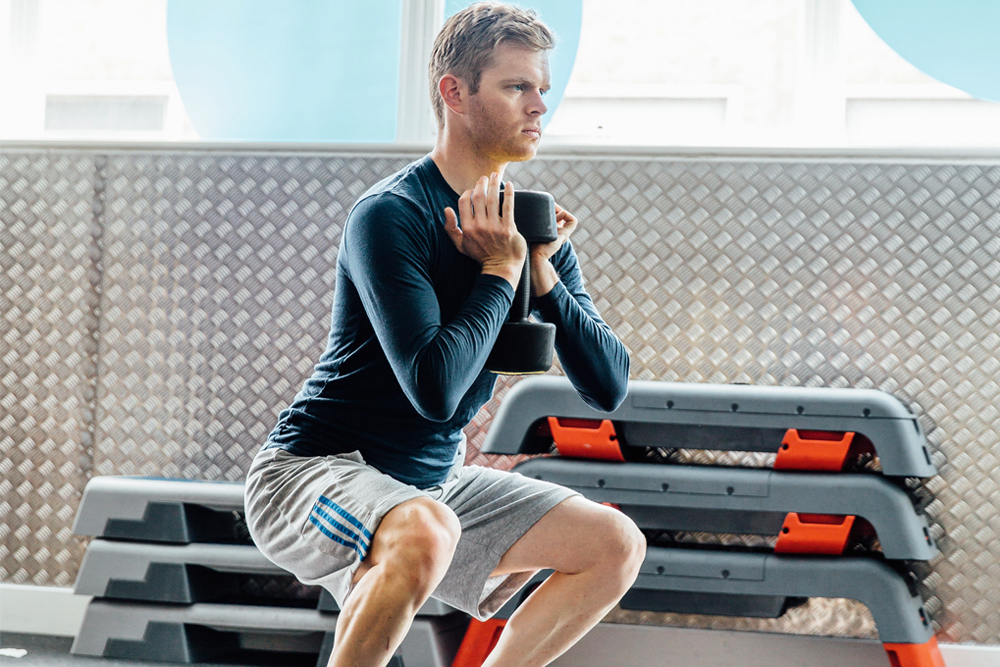
If you currently train with heart rate only, invest in a power meter
Measuring power is the best way to train — that was the unanimous verdict among the many experts we spoke to.
Silas Cullen of Smart Coaching likes the certainty most of all.
>>> Power meters – Everything you need to know
“Training with power takes out the guesswork. If a rider is producing 250 watts, they are doing so regardless of the conditions.
"In contrast, heart rate is affected by many things: heat, fatigue, mood, time of day, nutrition.
"When used in combination with power, heart rate is a valuable tool but one that only allows only an educated guess as to how hard a rider is working.”
Cullen’s colleague Marvin Faure of training camp provider Alpine Cols goes further:
“Training with a power meter ensures you are hitting the numbers and respecting the plan.
"The instant response of a power meter means it is the only way to carry out accurate VO2max or anaerobic intervals, in Zones 5 and 6.
“A heart rate monitor is useless for these because the intervals are too short for heart rate to reach a level corresponding to the effort.
"Equally, a power meter is useful at the other end of the scale, to ensure a recovery ride is conducted all in Zone 1. It is extremely useful for pacing.”
Best for: Absolutely everyone who can afford the necessary equipment.
Cost: £400-£1,200 approx.
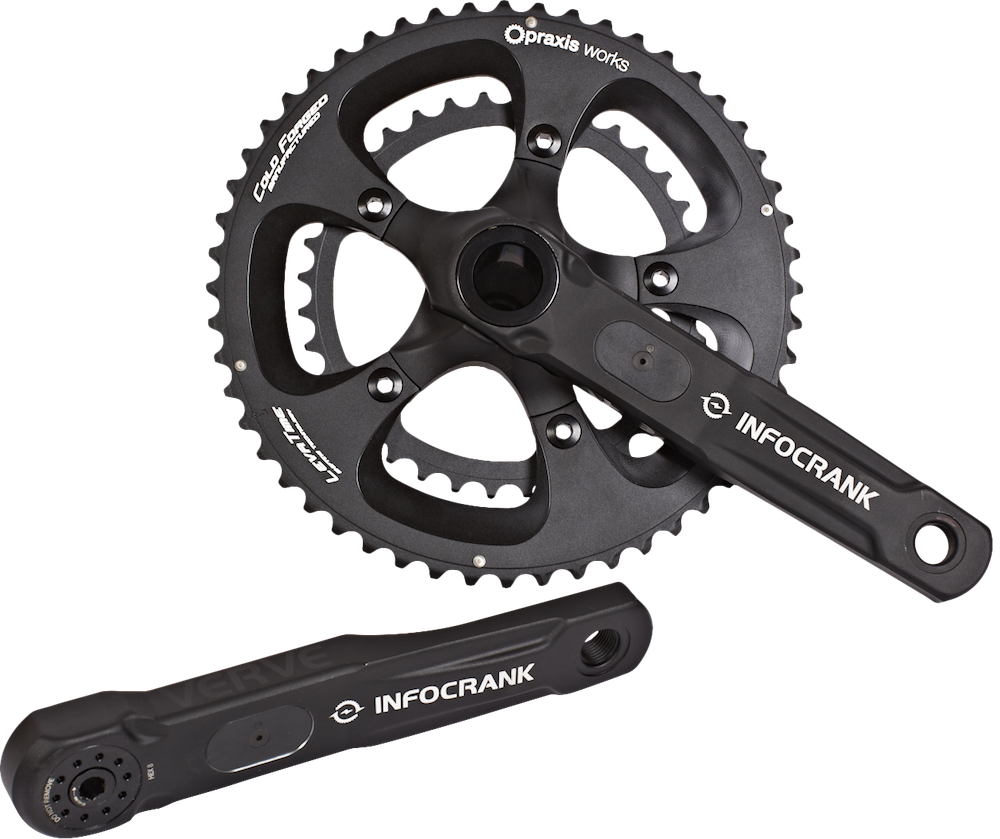
Go premium on all your apps
On most apps, the extra cost of going from free to premium is rarely more than you’d spend at a single coffee-and-cake stop, but every bit of extra data can be used to hone your training.
Even the more expensive upgrades to your data-gathering, such as moving from training log to Training Peaks, will yield data in quantities that, if properly used, can transform your training and technique.
>>> The best cycling apps for iPhone and Android (video)
Rob Kitching says: “The free offering from Strava is obviously very good, and if you’re using power or heart meters, you really need access to the premium features to get the most out of that data.
"It’s a very small price to pay for the extra diagnostics. Training Peaks is a big step up in complexity but if you’re either detail-obsessed or working with a coach, it can be worth it.”
>>> How to use training software to hit peak form
Best for: Anyone with a hunger for data and a competent level of data-interpretation know-how.
Cost: £6-£20 per month, approx.
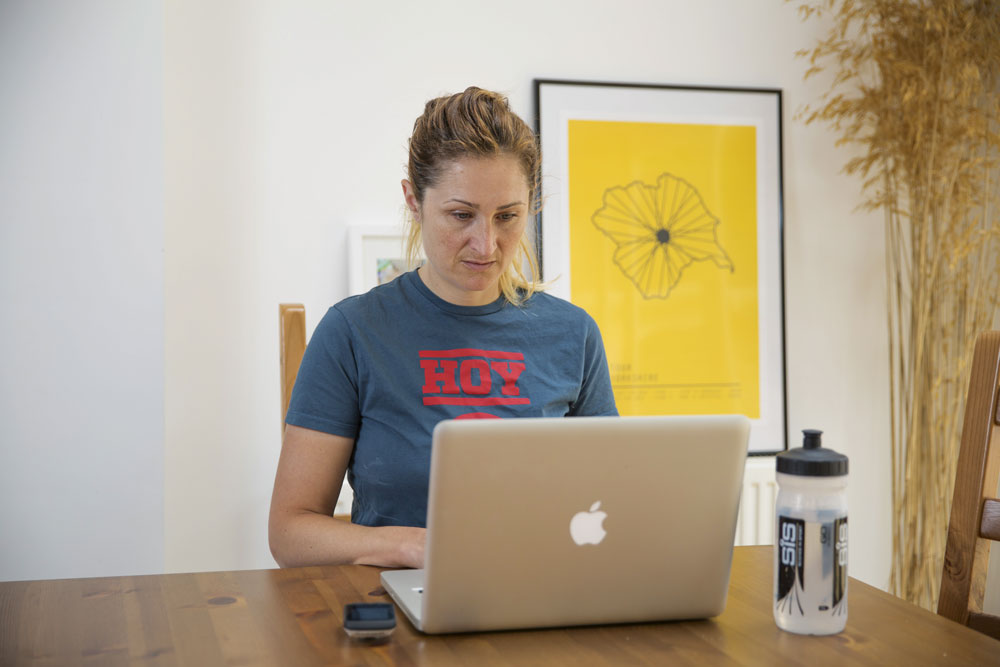
Eliminate data-assessment guesswork by hiring an analyst
Raw numbers can tell us what is happening, but not necessarily why. Are you struggling because your training load isn’t heavy enough, or because you’ve over-trained? Is your equipment ideally suited to your next event?
Companies such as Cycling Power Lab (CPL) can take your data and plug it into models that feature the weight and drag factors of different bikes, the historic weather conditions for a given event, and your own past performances and training data.
>>> The revolutionary new bike that can tell you how aerodynamic you are
“CPL is a tool for performance modelling and in the first instance that means helping people use power data to set goals and race smarter,” says Rob Kitching.
“The foundation of that is always data, in particular a rider’s power-duration curve, so that’s the data we focus on.
"We can really dig into a history of ride data and look for patterns in terms of suitability of training, progressive overload, sensible periodisation and event planning, which can be very worthwhile for an ambitious cyclist, especially if they work with a coach.”
Best for: Anyone with a specific goal and question marks over their training data.
Cost: Basic modelling is often free, with prices varying depending on extras.
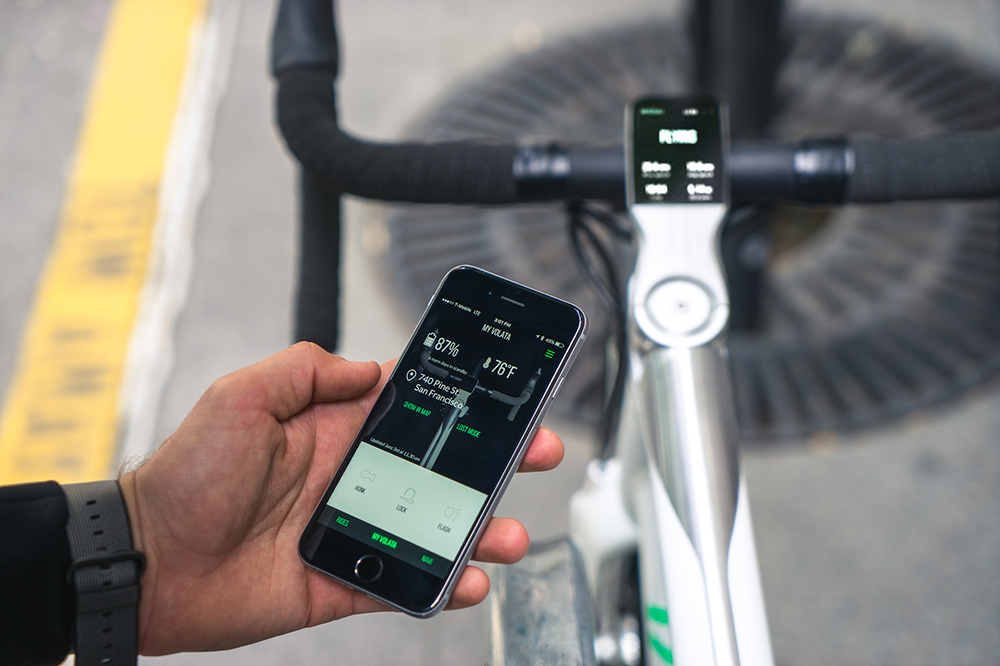
Swap out a routine session for one that addresses a specific weakness
According to Rob Kitching, power data allows riders to figure out where their weaknesses lie and helps in developing new routines to fix them.
“It is common in untrained cyclists that their cardiovascular system develops faster than the neuromuscular, and so the legs are sort of lagging behind in development.
"There are ways to diagnose that from a rider’s power data, and this is absolutely a case where it could be advisable to swap a bike session for some gym work.”
Tim Kennaugh concurs, citing a common example: “Depending on the power meter the rider is using, you can see left and right leg power, and it jumps out at you: most people have one leg that is stronger than the other.
“I give this more attention where it drops to 47:53 ratio or lower, you can then incorporate single-leg riding or refer to a physiotherapist to see if there are any exercises or specific gym work, for example single-leg squats, to try and rectify the imbalance.”
Best for: Anyone with an unaddressed physiological weakness — probably most of us, if we’re honest.
Cost: Free
Step up your spring training by going on a training camp
According to Marvin Faure, who runs training camp specialist Alpine Cols, replacing your weekly routine rides on the same, familiar local roads with a dedicated week-long training camp provides a massive boost to your training, a stimulus that far exceeds what you can gain from a similar period riding on your own.
“One of the key things is that a training camp breaks the routine and injects a week with at least double most people’s normal training load.
>>> Best cycling holidays: a destination guide
"You can go from 10-12 hours to 20-25 hours, and from 400-500 TSS [Training Stress Score] to 1,000-1,200 TSS.
“It’s very hard to ride this much on your own. A training camp neatly solves the problem and provides so much more opportunity to learn from other riders and coaches too.”
Silas Cullen agrees: “It is a concentrated period of physical training, but also of learning. If you’re time-poor, this is the perfect platform to get a boost in training and knowledge.”
Best for: Riders with holiday time to spare who are seeking a serious boost.
Cost: Wide variation depending on location and duration, but can be arranged for as little as £350.
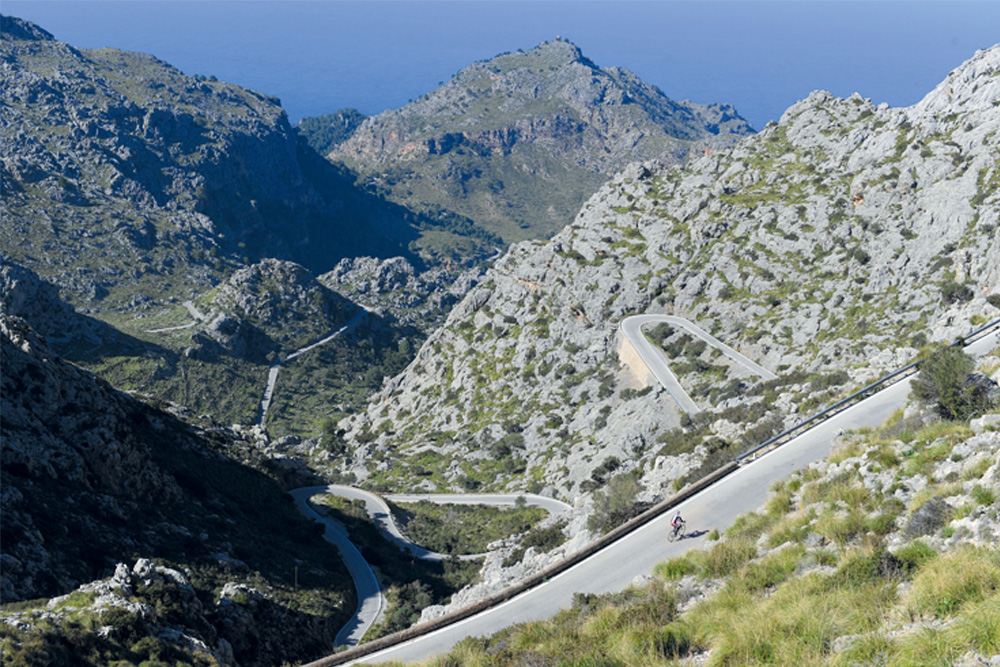
Replace your dumbbell with a kettlebell and do your planks with a Swiss ball
Building core strength not only helps you avoid injury, but also tends to make you a more economical cyclist.
Unlike ‘inert’ dumbbells, a kettlebell’s centre of gravity shifts as you move, forcing you to recruit a broader variety of muscles and joints in each set, improving your balance as well as your strength.
It’s best to seek expert advice when you start out, as the shifting load of a kettlebell can catch you out and lead to injury, but in the long term, it provides an excellent strength workout that can also get your heart rate up.
>>> Improve your core with these cycling specific sequences (video)
Similarly, the addition of a Swiss ball can revolutionise your core workouts.
Aside from giving you the option of jack-knives and curls, moving your standard planking routine onto the unstable surface of a Swiss ball will force you to recruit more muscle groups for a much more intense session.
Best for: Any cyclist who wants to make their core sessions as effective as possible.
Cost: £15 approx.
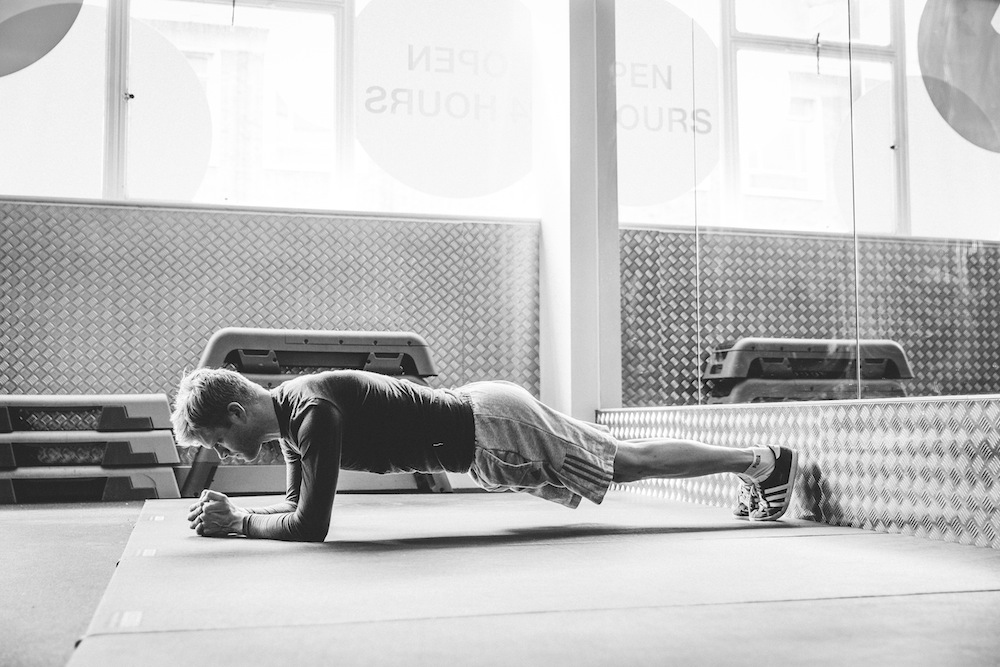
Take on a harder challenge to motivate harder training
It’s all very well suggesting tweaks or upgrades to your existing training routine, but for those of us who aren’t motivated simply by ever rising numbers, it’s important to stay focused on the ultimate goal.
A CW Black Sportive or mountainous sportive on the horizon can shake up your entire training routine.
“Fear of the unknown is a good motivator,” suggests Silas Cullen.
>>> Eight hardest sportives in the UK
“Generally when a rider picks a goal that they are not sure they can achieve when they set out to do it, the feeling of satisfaction when they achieve it is indescribable.”
His Alpine Cols colleague Marvin Faure agrees, but tempers the advice with a little caution:
“Scary challenges must be combined with the positive motivators of enjoying cycling, enjoying training and looking forward to a fantastic experience in the mountains.
"Negative motivators push you to do ‘just enough’ for the fear to fade to an acceptable level, whereas positive motivators have no limit: you can always have more of what you love.”
Best for: Cyclists who aren’t fully motivated by training for training’s sake.
Cost: From £35
Ask yourself: 'which single thing had the greatest effect?’
Former Namibian national road race champion Dan Craven explains how to pick the best training upgrade for you.

"Someone much wiser than I introduced me to the 20/80 concept, where you ask:
“which thing that took 20 per cent of my time or effort accounted for 80 per cent of the total effect on my performance? Or vice versa.”
Power meters and coaches can help you answer the question and give you a good idea of what you need to do more, and what less.
"For me, it was very clear I needed to spend more time in the gym and do fewer long, slog rides.
"I needed to do jump squats, skipping rope — all kinds of things like that which seem very un-cyclist-like seem to be very good for me.
"The one thing that often strikes me is that people need to relax. We all ride our bikes because we love it.
"Getting too worked up about things not going your way or not having the ideal conditions or equipment doesn’t help you at all. Can you change a situation? If yes, then maybe consider changing it."
The latest race content, interviews, features, reviews and expert buying guides, direct to your inbox!
Paul Knott is a fitness and features writer, who has also presented Cycling Weekly videos as well as contributing to the print magazine as well as online articles. In 2020 he published his first book, The Official Tour de France Road Cycling Training Guide (Welbeck), a guide designed to help readers improve their cycling performance via cherrypicking from the strategies adopted by the pros.